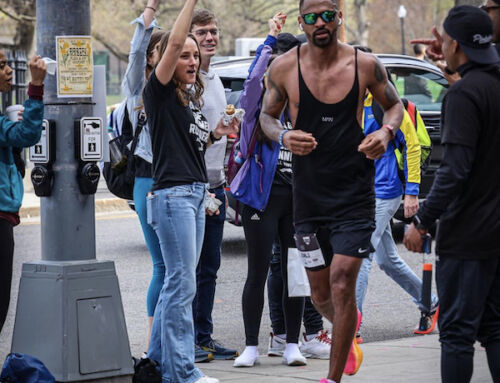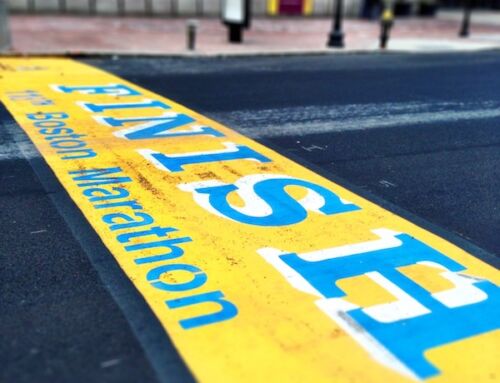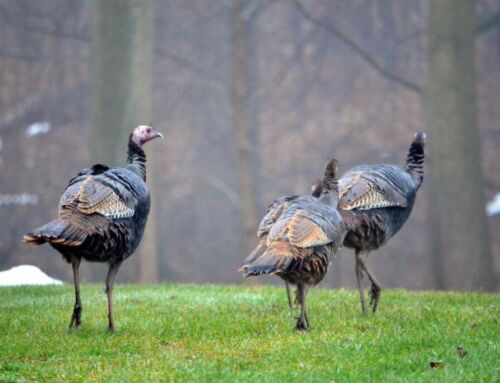In 1979, 12 women, 11 of them black, were murdered in the Roxbury neighborhood during a time of high racial tension. They were killed over a five-month period within the same 5-mile area. At the time, it was a tragedy that was not covered in detail by the media (particularly for the black women who died), and it’s a part of Boston history that remains unknown to many.
Now, four decades later, artist Kendra Hicks is honoring those lives through a modern lens and raising awareness for those who are unfamiliar with the tragedies.
“Eleven black women were murdered here, that’s not something that’s common knowledge,” Hicks told The Bay State Banner. “It’s a piece of missing history for us—what we’ve been through and what we’ve learned.”
The Estuary Projects, which began January 29 and will end on May 7, commemorates each of the 12 women and symbolizes what the community has gone through and survived. There’s an upcoming installation this month—starting on February 21 at 7 a.m. and ending the following day at 7 a.m., The Estuary Projects will honor the life of Daryal Ann Hargett, who died on January 21.
Hicks has personal connections to the events. In an interview with Neighborhood Network News, she explained that beyond coming from the Roxbury and Jamaica Plain neighborhoods, she’s spent significant time studying black feminism. Her work led her to the feminist group Combahee River Collective, who were doing work at the time to generate attention to the murders.
Hargett was 29 when she died—a choir singer at the local Baptist church and a social worker. She was found in her Wellington home bound and strangled, and her death was unsolved. During a march to honor these women, Hargett’s aunt asked the crowd, “Who’s killing us?” The phrase became emblematic of the murders and a simple, powerful representation of the devastation.
Hicks has had the opportunity to meet family members of the women and hear the impact of their lives and deaths. “It was really beautiful to hear about these women from their families’ perspective, about all of the things that they were excited about, all of the things that brought them joy before they were taken.”
Each of the 10 installations (two of the victims were found together) features an opening ceremony with healers, brujas, and energy workers from the area, according to their Instagram. The installations are outdoors, mixed-media, and integrated with their surroundings: one in a tree, one a huge female silhouette, one an interactive “meditation box.”
Past memorials have featured ceremonial altars and paper carnations blooming from the spot where each of the women was murdered—life growing despite the circumstances, a new world coming and overtaking the devastation around it.
Forty years later, many of the same themes and issues raised by the events are still relevant. “There’s a sense of despair and urgency to how we respond to the issues we’re experiencing now such as gentrification, police brutality, gun violence, school closures,” Hicks told the Banner.
Thus, the installations are ultimately designed to foster dialogue. “It’s about remembering these women and making the connection from then to now,” she added. “It’s a way of saying, ‘Look what came out of it.’ In even disastrous times, fertile soil is created to build a new world.”
On Thursday, March 14th, the fifth installation will go live.
Katherine J. Igoe is a freelance writer and editor who freely admits she just moved to Southie with her husband in 2017. Loves writing about local food, culture, and space savers, as well as more serious things like mental health. Follow her/send her ideas on Twitter @kjigoe.



